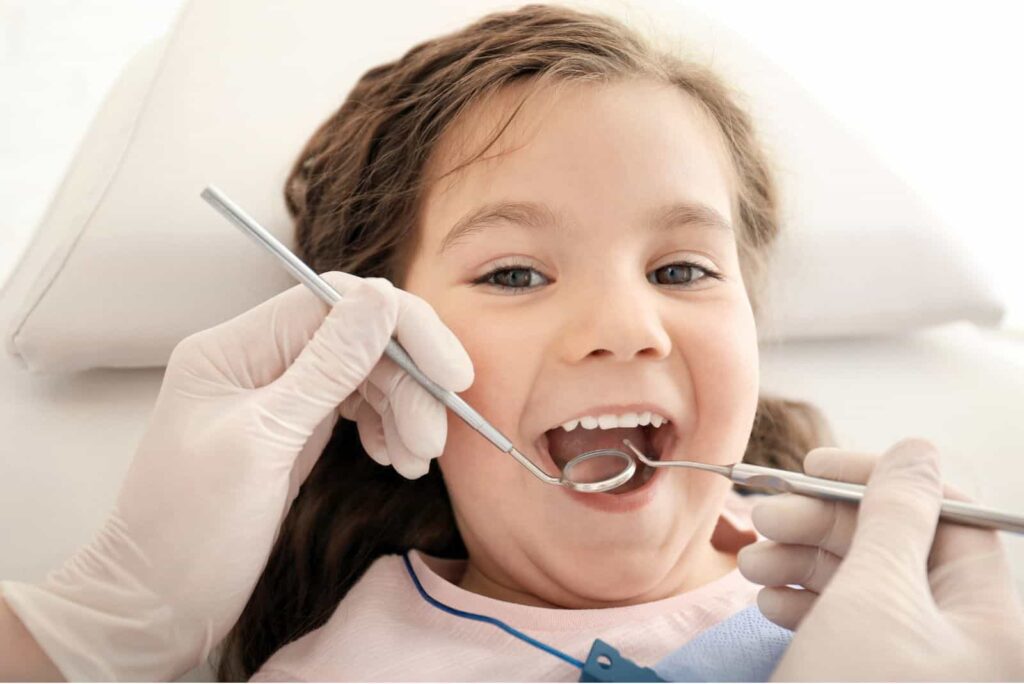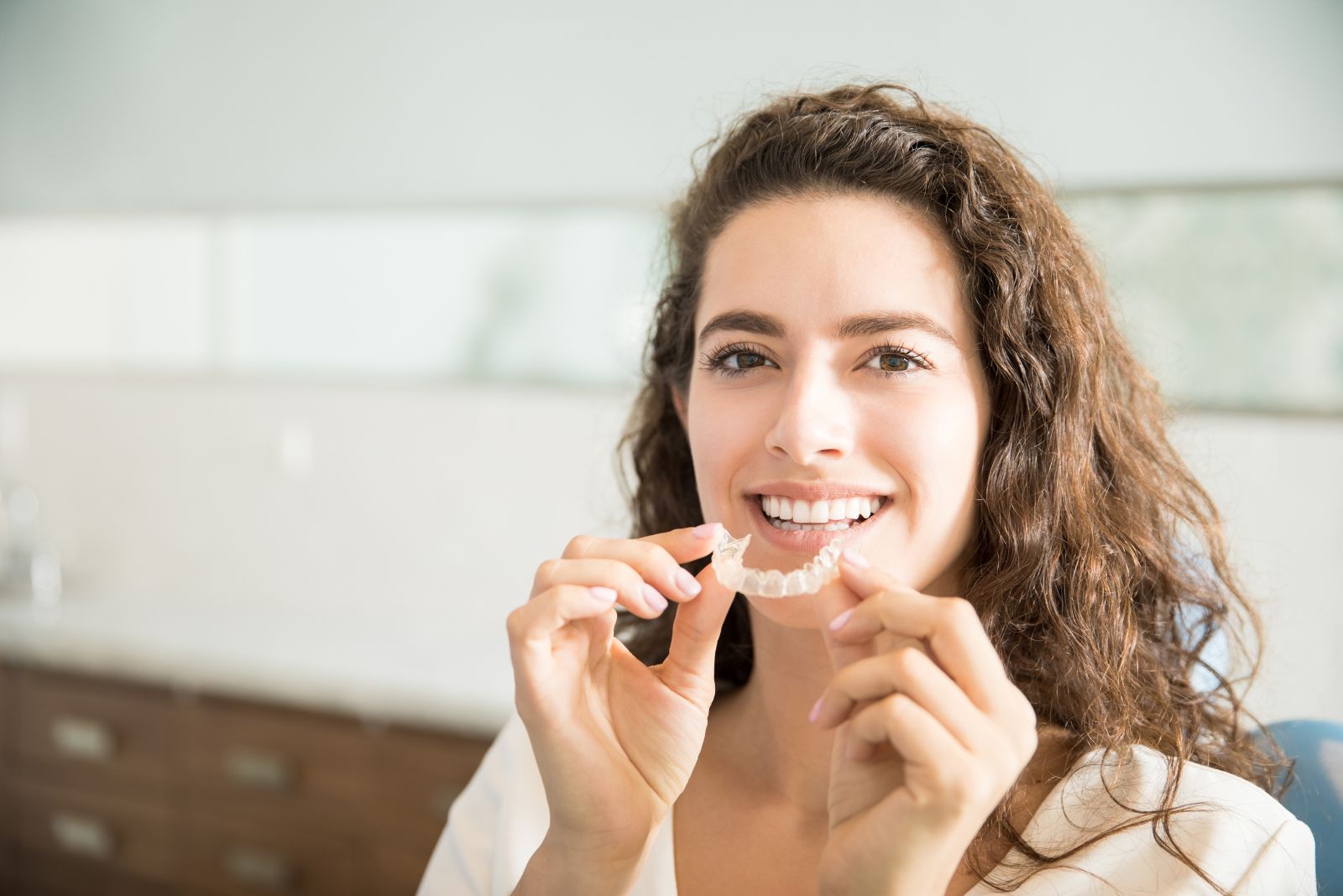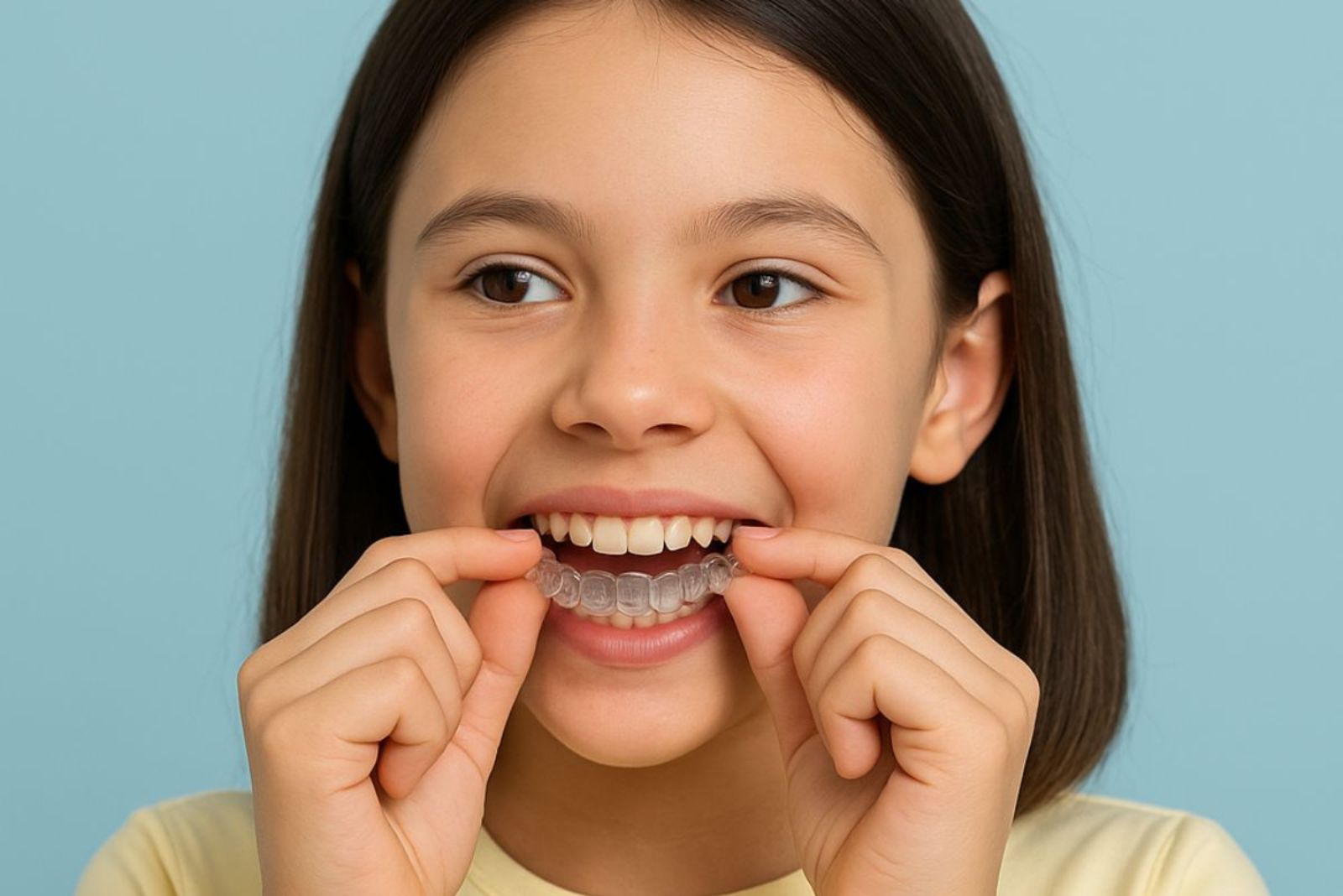A child’s smile is one of the most heartwarming things in the world. But when those little teeth start coming in crooked, it can lead to questions and concerns for parents.
Are crooked teeth just a cosmetic issue, or could they lead to something more serious? What causes them, and how can they be fixed?
Understanding crooked teeth in kids is essential to ensure long-term oral health and self-confidence.
From identifying early signs to exploring preventive options, this article covers everything you need to know about why children’s teeth grow crooked, what risks are involved, and what solutions are available to help your child achieve a healthy, straight smile—especially if you’re raising your family in a supportive community..
What Are Crooked Teeth?
Crooked teeth refer to teeth that are misaligned, rotated, overlapping, or not positioned properly in the mouth. This condition can affect both baby teeth (primary teeth) and permanent teeth (adult teeth).
While baby teeth might not seem like a big concern since they fall out eventually, their alignment can significantly influence how permanent teeth develop. In some children, the issue may be minor and barely noticeable.
In others, crooked teeth can cause chewing problems, speech difficulties, and even lead to more serious oral health issues if not addressed. That’s why seeking early evaluation through Pediatric Dentistry in Methuen can make a meaningful difference in identifying and managing these issues before they become more complex.
Common Causes of Crooked Teeth in Kids
Several factors can contribute to crooked teeth in children, and understanding these causes is the first step toward prevention and correction.
1. Genetics
Just like eye color or height, the alignment of teeth can be inherited from parents. If one or both parents had crooked teeth or needed braces, there’s a higher chance that their child will too.
Genetics can affect jaw size, tooth size, and how teeth erupt—all of which influence alignment.
2. Thumb Sucking and Pacifier Use
Thumb sucking and pacifier use are common among infants and toddlers. While these habits can be comforting, extended use beyond age 3–4 can cause teeth to shift.
The sucking motion puts pressure on developing teeth and jaws, often pushing front teeth outward or causing an open bite.
3. Tongue Thrusting
Tongue thrusting occurs when the tongue presses against the front teeth during swallowing or speaking.
Over time, this repeated motion can push the teeth out of alignment, leading to gaps between the teeth or an open bite.
It’s a common cause of crooked teeth in children that often goes unnoticed early on.
4. Early Loss of Baby Teeth
Baby teeth act as placeholders for adult teeth. If a child loses a baby tooth too early—due to decay, injury, or extraction—the surrounding teeth may drift into the empty space.
This can block the path for permanent teeth, causing them to come in crooked or crowded.
5. Prolonged Bottle-Feeding
Just like thumb sucking, extended bottle-feeding—especially when a child goes to bed with a bottle—can affect how teeth and jaws develop.
This habit may contribute to alignment issues and increase the risk of tooth decay.
6. Mouth Breathing
Chronic mouth breathing, often caused by allergies or enlarged tonsils, can alter the position of the tongue and jaw.
This abnormal development can lead to a narrow palate and crowded or crooked teeth.
Potential Risks of Untreated Crooked Teeth
While some parents may see crooked teeth as just a cosmetic concern, leaving them untreated can lead to more serious problems in the long run. Here are a few risks to be aware of:
1. Difficulty in Cleaning Teeth
Misaligned teeth make it difficult for children to brush and floss effectively. Food particles and plaque can build up in hard-to-reach areas, increasing the risk of tooth decay, cavities, and gum disease.
Over time, poor oral hygiene due to crooked teeth can lead to more serious dental health problems.
2. Speech Problems
The alignment of teeth plays a key role in speech development. Crooked or misaligned teeth can interfere with tongue placement and airflow, making it difficult for a child to pronounce certain sounds.
This may result in speech impediments or unclear articulation, potentially affecting communication and confidence in social settings.
3. Chewing Issues
Improperly aligned teeth can make biting and chewing difficult for children, leading to inefficient food breakdown.
This can hinder proper digestion and reduce nutrient absorption. Over time, poor chewing habits caused by crooked teeth may impact a child’s overall health, growth, and development, highlighting the importance of early dental intervention.
4. Jaw Pain and TMJ Disorders
Severe misalignment of teeth can place extra stress on the jaw muscles and joints. Over time, this imbalance may cause discomfort, frequent headaches, and even temporomandibular joint (TMJ) disorders.
These issues can affect a child’s ability to chew, speak, or open their mouth comfortably, impacting daily life and overall well-being.
5. Low Self-Esteem
As children grow, they become more aware of their appearance. Crooked teeth can lead to self-consciousness, affecting their confidence in social settings and school activities.
Feeling embarrassed about their smile may cause them to avoid speaking, smiling, or participating fully, potentially impacting their emotional well-being and social development over time.
How to Spot Crooked Teeth Early
Early detection is key to preventing long-term problems. Here are some signs that your child might be developing crooked teeth:
- Difficulty biting or chewing
- Misaligned jaw or facial asymmetry
- Overcrowded or overlapping teeth
- Mouth breathing, especially at night
- Prolonged thumb sucking or pacifier use beyond age 3
- Delayed loss of baby teeth
If you live in Methuen, you’re in luck. The area has many dental clinics that specialize in early diagnosis and treatment.
It’s a good idea to schedule your child’s first dental visit by their first birthday and maintain regular checkups every six months.
A trained Pediatric Dentistry professional can detect early signs of misalignment and guide you on the next steps.
Solutions and Treatment Options

Thanks to advances in dental care, there are several effective ways to correct crooked teeth in kids. Treatment depends on the child’s age, the severity of the misalignment, and the underlying cause.
1. Space Maintainers
If a baby tooth is lost too early, a dentist may recommend a space maintainer. This device holds the space open so that the permanent tooth can erupt in its proper place.
2. Behavior Modification
For habits like thumb sucking or tongue thrusting, early behavioral intervention can prevent further misalignment.
Positive reinforcement, dental appliances, and working with a speech therapist may help address these habits.
3. Palatal Expanders
If the upper jaw is too narrow, a palatal expander can gradually widen it, making more room for adult teeth. This is usually done before the child’s growth spurt and can prevent more complicated orthodontic treatment later on.
4. Braces
Traditional metal braces are a common and effective solution for correcting crooked teeth. They use brackets and wires to gradually move teeth into the correct position. Today, there are also options like ceramic braces that are less noticeable.
5. Clear Aligners (for Teens)
For older kids and teens, clear aligners like Invisalign can be an attractive alternative to braces. They’re virtually invisible and removable, but they require discipline and regular wear.
6. Early Orthodontic Evaluations
The American Association of Orthodontists recommends that children have their first orthodontic evaluation by age 7.
At this stage, an orthodontist can identify subtle problems and plan for timely intervention if needed.
If you’re located in Methuen, many dental practices offer complimentary orthodontic consultations for young children.
Preventing Crooked Teeth: What Parents Can Do
While not all cases of crooked teeth are preventable, there are steps parents can take to encourage proper dental development:
- Promote good oral hygiene: Teach your child to brush and floss daily to prevent early tooth loss from decay.
- Limit pacifier use and thumb sucking: Encourage your child to stop these habits by age 3.
- Schedule regular dental visits: Start early and stay consistent. Pediatric Dentistry specialists are trained to spot and treat developmental issues.
- Encourage nasal breathing: Address allergies, enlarged tonsils, or other conditions that might cause mouth breathing.
- Monitor jaw development: Pay attention to signs of facial imbalance or jaw misalignment and consult a professional if needed.
When to See a Specialist
If you suspect your child has crooked teeth or if your dentist recommends a specialist, don’t wait. An orthodontic evaluation can help create a personalized treatment plan. Sometimes, early intervention can eliminate the need for more extensive procedures later.
Families in Methuen have access to several highly rated pediatric and orthodontic dental clinics that focus on early prevention and gentle care, making the treatment process more comfortable for both kids and parents.
Conclusion
Crooked teeth in kids are common, but they’re not something to ignore. Whether caused by genetics, habits, or other developmental issues, misaligned teeth can impact a child’s oral health, function, and self-esteem.
The good news is that with early detection and the right treatment plan, most cases can be effectively managed.
Parents play a vital role in recognizing the signs and supporting their child through preventive care and treatment.
Regular dental checkups, good habits, and the guidance of a trusted Pediatric Dentistry provider can make all the difference in ensuring a healthy, confident smile that lasts a lifetime.
Take the first step toward your child’s healthiest smile—schedule a consultation with our trusted Pediatric Dentistry team today! Early care can make a lifetime of difference.
Sources:
- https://lunapediatricdentistry.com/blog/crooked-teeth-in-children-teeth-and-adults-causes-and-treatments/
- https://www.gckidsdmd.com/blog/three-common-types-of-early-orthodontic-treatment/
- https://www.nationwidechildrens.org/conditions/health-library/malocclusion-in-children
- https://flo.health/being-a-mom/your-baby/baby-health-and-safety/crooked-baby-teeth








